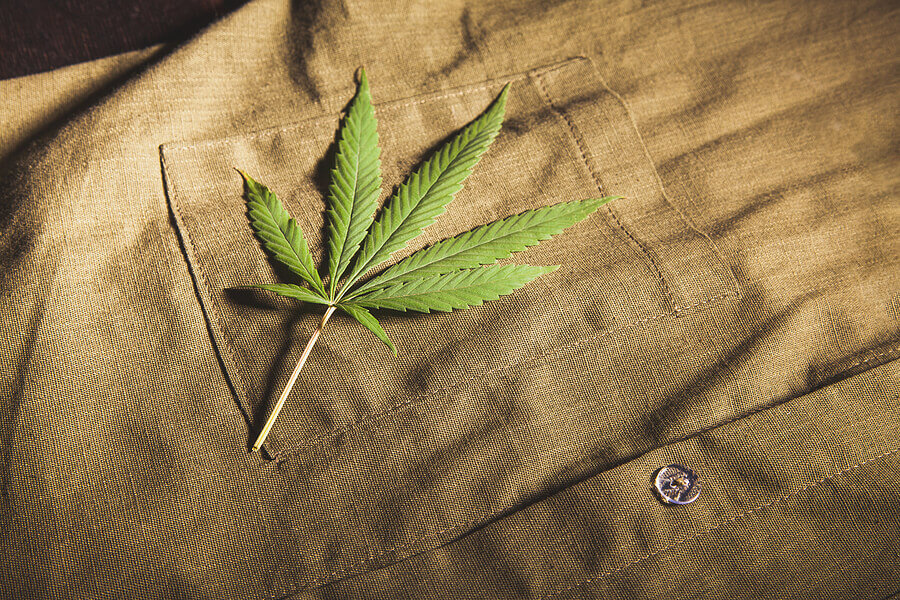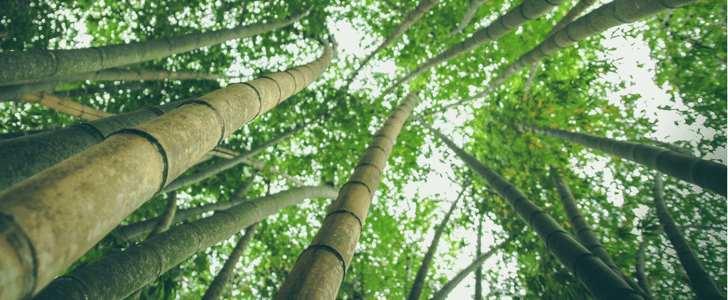Best News On Deciding On Bamboo Clothes
Wiki Article
Why Is It That Hemp Is More Durable, Regenerative, And More Biodegradable Than Cotton?
Hemp is thought to be more biodegradable due its natural properties and the method in which hemp is cultivated. Here's why- Biodegradability-
Natural Fiber - Hemp is made of an organic plant fibre which is biodegradable. Textiles and clothing made of hemp break down over time. The waste is then returned to the earth without any permanent negative effects. Contrast this with synthetic fibers like polyester, which could take hundreds of year to decompose.
Insufficient synthetic additives- Hemp textiles typically do not have synthetic additives or chemical treatments that can hinder biodegradability. Contrary to cotton textiles that may contain synthetic chemicals (such as dyes and finishers) which can hinder biodegradation, hemp textiles aren't.
Durability-
Hemp fibers have earned a reputation for their strength and durability. Hemp textiles, clothing, and other products are more durable than cotton. The strength of hemp clothing implies that it is able to endure longer wear and washing cycles before deterioration occurs.
Hemp fabric is more resistant to pilling than cotton. This attribute enhances their overall durability and quality.
Regenerative Agriculture-
Soil Health- Hemp cultivating can be an regenerative method when done sustainably. Hemp has deep roots that helps keep soil from compaction and erosion as well as improve soil health by aerating the soil and increasing the activity of microbes. This regenerative quality can make the land better suitable for future crops.
Low environmental impact Sustainable hemp cultivation techniques require the use of minimal pesticides. The cultivation of cotton is a conventional method that can result in soil degradation as well as water pollution, among other environmental problems due to chemical use in synthetic forms.
Water Efficiency-
Hemp requires less water for development than cotton. Its drought-resistant characteristics mean that it is able to thrive even with little irrigation or in rain-fed conditions. This makes it more efficient in water use especially in areas in which water resources are scarce.
Hemp is an excellent crop to incorporate into rotational systems. It will help improve the health of soil and reduce the chance of disease growth and soil depletion. Cotton farming isn't as prone to the effects of crop rotation.
The versatility of hemp allows it to be used in many different applications like clothing, textiles, paper and building materials. Hemp can be grown in a variety of ways such as sustainable and regenerative.
Although hemp has numerous advantages however, it is crucial to remember that hemp and cotton can both be made using a sustainable or a non-sustainable method, based on processes and methods used to grow them. Choosing hemp products that are made using ethical and sustainable methods can increase its environmental benefits. Similarly, selecting organic cotton products can mitigate some of the environmental concerns associated with conventional cotton production. Take a look at the best hemp clothes recommendations for blog examples including dash hemp clothing, hemp fabric, hemp mens jeans, hemp polo shirts, patagonia hemp jacket, hemp dress, hemp sweatpants, dash hemp clothing, clothes made from hemp, patagonia ranch jacket and more.

What Is It That Makes Hemp Clothing More Practical And Technically Superior To Traditional Fabrics Than Other Types Of Fibres?
Hemp clothing offers a variety of advantages with regard to functionality and technology over conventional fabrics, as well being more eco-friendly. Hemp clothing offers several advantages that make it a superior eco-friendly and high-performance choice.
Hemp fibres are extremely air-tight. They also absorb moisture, making hemp clothing very comfortable under all kinds of circumstances. They can help you stay dry and cool, as well as stop the growth of bacterial.
Temperature Regulation
Hemp clothing has excellent thermoregulating properties. It keeps you warm in cool weather by trapping heat close to the body. It also helps keep you cool in hot temperatures by allowing heat and moisture to escape. This natural regulation of temperature can help reduce the requirement to change your clothes frequently.
Durability and longevity
Hemp is known for its toughness. Hemp clothing tends to be more durable and resistant to wear and tear compared to the traditional fibers like cotton. Hemp clothes are sturdy, which means that they are able to last longer and decrease the requirement for replacements and therefore, their impact on the environment.
UV Protection
Hemp fibers are a great UV protectant, shielding the skin from damaging UV radiation. This feature can be especially advantageous for outdoor activities as well as sports.
Biodegradability:
Hemp clothing is biodegradable. It will degrade naturally as time passes. The impact on the environment of textiles is diminished by this property, as opposed synthetic fibers, which could stay in landfills over many years.
Low Environmental Impact-
Hemp farming typically uses fewer synthetic herbicides and pesticides than conventional cotton. Hemp plants use less water and therefore is an ideal choice for the ecological environment. These environmentally friendly characteristics are boosted through organic hemp farming.
Carbon Sequestration-
During their growth, hemp plants can absorb carbon dioxide from the air. Hemp cultivation functions as a carbon dioxide sink which reduces greenhouse gas emissions.
Sustainability and Crop rotation
Hemp can be easily incorporated into crop-rotation systems that improve the overall health of soils. It also lowers the possibility of soil depletion or accumulation of diseases. This environmentally friendly farming method is the result of sustainable farming.
Versatility:
Hemp fibers can be mixed together with other materials (such as organic Cotton or recycled polyester) to produce eco-friendly and high-performance fabric blends. This versatility allows for the creation of novel and sustainable textile products.
Low Toxicity-
Hemp fibers have a low toxicity level and do not require extensive chemical processing to create. This reduces the effect of textile production on the environment.
It is important to remember that even though hemp offers a myriad of environmental and practical benefits however, the sustainability of clothing is contingent on other factors such as dyeing processes, transportation, and ethical working practices. Consumers who want to live a greener lifestyle should choose clothing brands that use hemp and other sustainable fibres and place a high value on transparency and ethical manufacturing. See the most popular hemp clothes advice for website tips including patagonia hemp vest, jungmaven t shirt, patagonia hemp pants, hemp tees, patagonia work pants hemp, hemp sweater, 100 hemp clothing, patagonia iron forge jacket, hemp fleece fabric, hemp tee shirts and more.

What are the main differences between hemp and bamboo fibers
There are numerous differences between hemp and bamboo and bamboo, as well as their distinct characteristics. These are the main differences between hemp and bamboo fibers. Plant Source-
Hemp- Hemp is derived from hemp stalks. Specifically the outer basts. Hemp has been utilized for many purposes over through the ages. Hemp is a rapidly growing and adaptable plant.
Bamboo Fibers- Bamboo fibers are made from the pulp. Bamboo is grass that grows rapidly and is well-known for its sustainability.
2. Fiber Characteristics
Hemp- Hemp fibers are well-known for their strength and durability. They're one of the strongest fibers found in nature and get softer each time they're cleaned, so they make great textiles.
Bamboo- Bamboo fibers are exceptionally soft and smooth. They also have a silky feel. The fibers are less strong than hemp, but they are also more fragile. However they are extremely sought-after because of their softness when applied on the skin.
3. Texture-
Hemp Fabric Hemp is a material with a texture and a coarser feel in its original state. Although it can be a comfortable fabric, the texture is distinct from bamboo.
Bamboo is silky soft and soft. It is often compared to silk, which is a blend of twill, making it extremely comfy.
4. Dryness and Breathability-
Hemp- Hemp is naturally and breathable. Hemp also absorbs water. They can help keep you cool and dry in hot conditions.
Bamboo fibers also have the ability to wick away humidity and are highly breathable. Micro-gaps increase the capacity of these fibers to regulate humidity and temperatures, making you feel comfortable no matter what conditions.
5. Environmental Impact-
Hemp- Hemp is considered an eco-friendly fiber because of its low water consumption, fast growth, and resistance to pests. This reduces the need for pesticides as well as herbicides. Hemp can absorb CO2 out of the atmosphere as it grows.
Bamboo is renowned for being ecologically sustainable. It is extremely durable, is fast growing and requires only a tiny amount of water. Some bamboos are regarded as sustainable, such as Moso bamboo.
6. Processing-
Hemp- Hemp fibres need an extensive process to separate the inner bast fibers from the inner woody core. Processing can involve decortication, retting, or mechanical separation.
Bamboo The bamboo fibers are extracted using a chemical known as the viscose, or rayon process. This is the process of breaking down bamboo pulp with chemicals. Some bamboo textiles however, employ closed-loop techniques to minimize the amount of chemical waste.
7. Versatility-
Hemp Fibers Hemp fibers have a number of uses, which include textiles, clothing paper, building materials.
Bamboo- Bamboo fibres are used primarily in clothing and textiles, but they can also be found in other items like bedding and towels.
In sum Both bamboo and hemp offer unique qualities and sustainability benefits. The choice between them depends on the specific characteristics and features you are looking for in a textile item and your preferences for the environment. See the best continue reading this on bamboo clothing for more examples including bamboo athletic wear, bamboo yoga wear, bamboo sweater, yala pajamas, freefly summer hoodies, sustainable bamboo clothing, ladies bamboo t shirts, bamboo mens shirts, t shirts bamboo, bamboo pants ladies and more.
